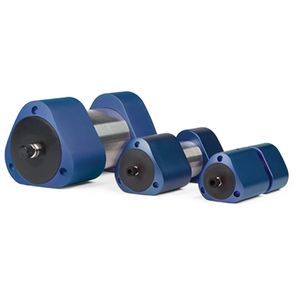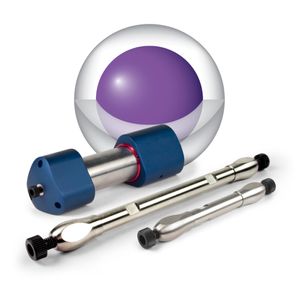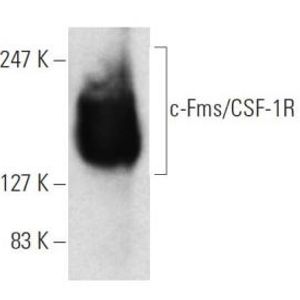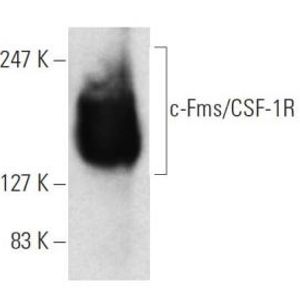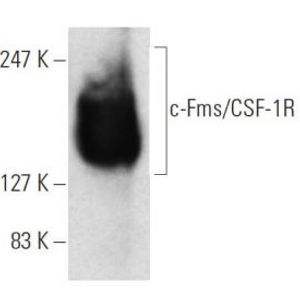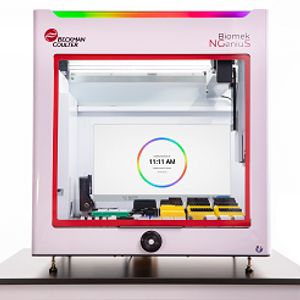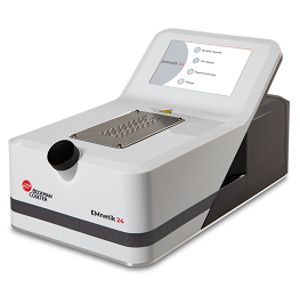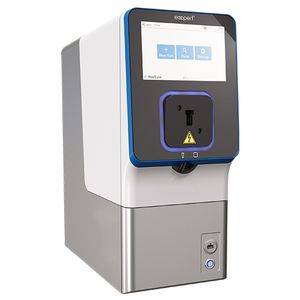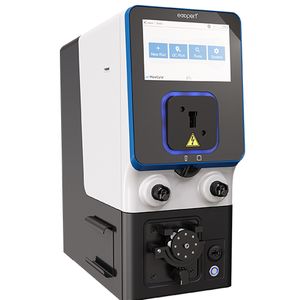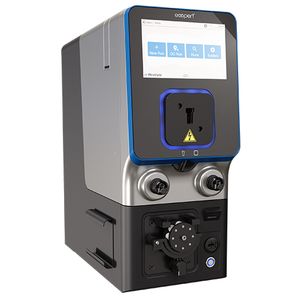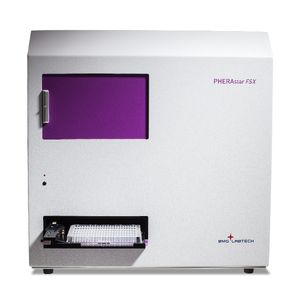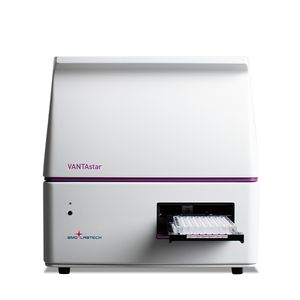WEBINARS
Our webinars allow users to learn from experts and earn continuing education credits on industry topics, progress in research, services available, and more.
Show More
-
An anesthesia system designed to accommodate the physiological characteristics of small animals, including rats and mice, has the potential to provide great practical value to the life scienc...
Many researchers are not aware of the critical importance of genetic background of mice, including the concept of inbred substrains, and how the genetic background of substrains can impact th...
FEB 05, 2015 | 6:00 AM
C.E. CREDITS
Laboratory animal surgical models are instrumental in biomedical research; therefore establishing healthy defined animal models is crucial to this research. Surgical procedures produce metab...
The field of surgical research has been growing rapidly with the development of new surgical and disease models. An extremely important and often overlooked aspect of creating these models is...
FEB 04, 2015 | 12:00 PM
C.E. CREDITS
In Chile, the regulatory context regarding animal use in research is very poor. A legal framework for Animal Care and Use Committees is practically nonexistent. Also, the chilean culture play...
It is the often-ignored simple tips in rodent surgery that make the difference and help minimize postoperative complications and mortality. The presenter will use his years of experience to...






































